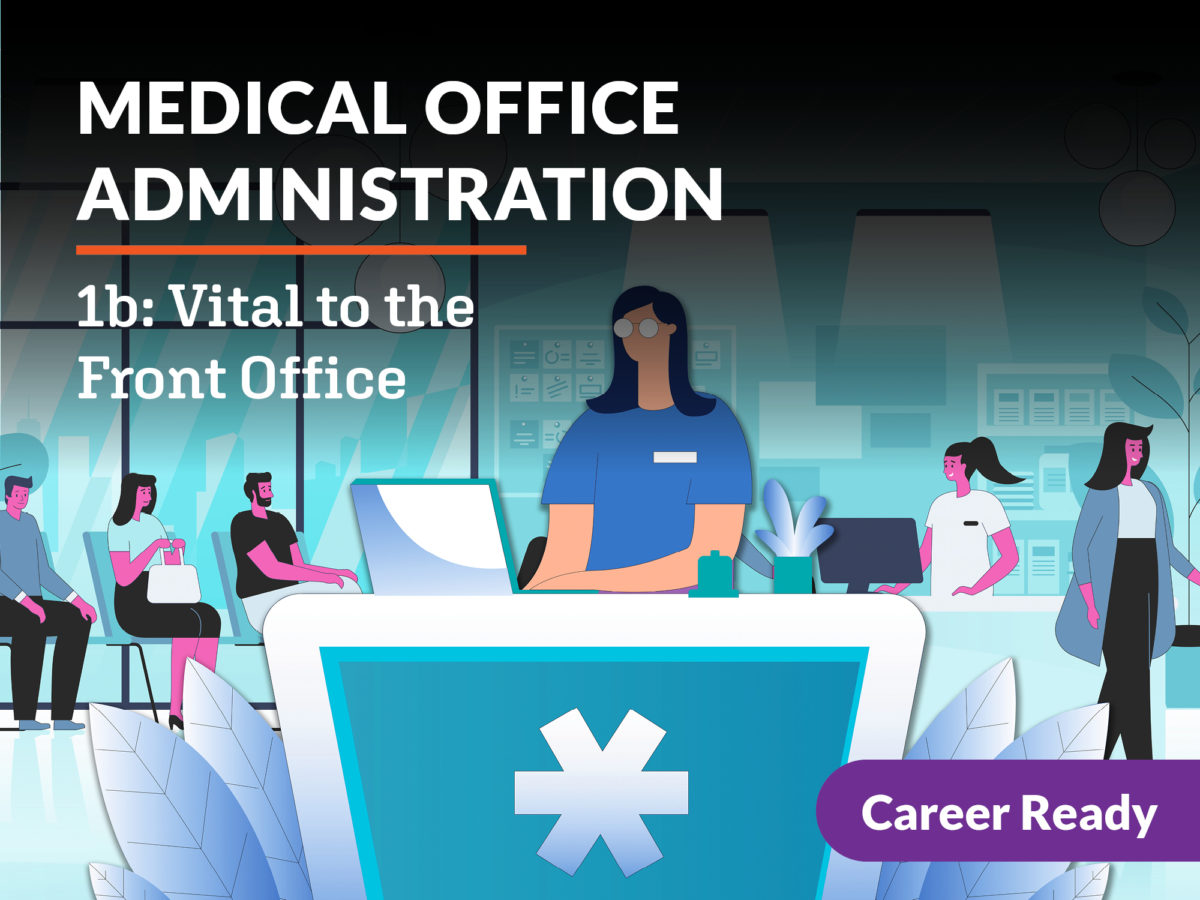Best Practices in Medical Management for Improving Efficiency and Minimizing Costs
In the ever-evolving landscape of medical care, the pursuit of best techniques in medical administration is critical for boosting performance and curbing costs. By incorporating innovative modern technologies such as electronic health records and telemedicine, medical care providers can streamline operations and improve individual treatment. However, innovation alone is not a panacea; maximizing source allotment and promoting collective communication among care groups are just as essential (medical administration). As organizations make every effort to stabilize quality and expense, what strategies should be focused on to achieve these dual goals? The responses to these questions hold the trick to an extra lasting medical care system.
Leveraging Advanced Innovation
The integration of digital solutions right into healthcare systems has actually changed the method facilities operate, streamlining procedures and boosting patient care. By centralizing patient info, EHRs remove the requirement for cumbersome documentation and help with seamless interaction amongst health care companies.
Telemedicine is an additional technical advancement that has reinvented person interaction. It supplies benefit for both clients and health care specialists by enabling remote consultations, which can reduce the requirement for in-person gos to and optimize appointment organizing. Furthermore, telehealth systems can prolong medical care accessibility to country or underserved areas, linking voids in care delivery.
In addition, the use of Expert system (AI) and artificial intelligence is coming to be progressively common in anticipating analytics, enabling very early discovery of potential health issues and more informed decision-making. These innovations, when incorporated properly, can enhance analysis accuracy and personalize individual therapy strategies, ultimately causing enhanced health care outcomes and operational efficiency.
Optimizing Source Allowance
By strategically managing resources such as workers, equipment, and financial resources, health care facilities can significantly improve their operational performance, boost person results, and minimize unneeded expenditures. The very first step in maximizing resource allocation includes performing a detailed assessment of present properties and recognizing locations where resources might be underutilized or exhausted.
Focusing on source appropriation based on individual requirements and solution needs is crucial. This includes lining up resources with high-demand locations, such as emergency care or specialized treatments, to ensure timely and reliable person care. Implementing versatile staffing models can likewise enhance labor sources by changing employees allocation in feedback to varying individual quantities. In addition, accepting telemedicine and various other technological remedies can reduce physical resource constraints by providing alternate avenues for patient-provider communications.
Economic resources should be carefully checked and designated with critical insight to support both temporary operational needs and long-term institutional goals. This includes investing in training programs that enhance staff competencies and adopting energy-efficient methods that lower operational prices (medical administration). Eventually, a maximized source appropriation method cultivates a sustainable healthcare atmosphere that is receptive, effective, and economically sensible
Streamlining Workflow Procedures
When medical care centers objective to improve operational efficiency, streamlining workflow processes comes to be a pivotal focus. Reliable operations reduce redundancy, remove unnecessary actions, and boost sychronisation among healthcare experts. This strategy not just increases solution delivery but likewise improves the quality of individual care.

Following, modern technology integration plays a significant duty in streamlining workflows. Implementing digital health and wellness records (EHRs) and electronic physician order entry (CPOE) systems lowers paperwork, decreases human error, and makes sure info is accessible to all relevant workers. In addition, leveraging telemedicine platforms can simplify client consultations and follow-ups, decreasing the pressure on physical framework.

Inevitably, structured workflows cause cost reductions and you could try here improved individual fulfillment, cultivating a much more sustainable healthcare setting.
Enhancing Data Administration
Structure upon structured operations, maximizing information management comes to be an essential component beforehand healthcare management. Reliable data go to this web-site monitoring systems are important for maintaining precise person records, boosting decision-making, and making sure compliance with regulative standards. By applying robust data monitoring solutions, healthcare centers can enhance the quality of individual treatment while all at once minimizing functional expenses.
One key element of improving information administration is the integration of sophisticated digital health record (EHR) systems. These systems help with the seamless exchange of individual details across various divisions, minimizing replication of tests and minimizing mistakes. A well-designed EHR system supports information analytics, making it possible for healthcare service providers to identify trends and make informed decisions relating to client care.
Moreover, protecting person data is critical. Embracing comprehensive cybersecurity actions, including encryption and normal audits, ensures the honesty and privacy of delicate info. This not just protects individuals however additionally maintains the institution's credibility.
Investing in personnel training is another vital variable. Enlightening health care professionals on data administration practices enhances their capacity to successfully utilize technology, leading to enhanced client outcomes. In verdict, improving data administration via innovative technology and comprehensive training is important for accomplishing performance and cost decrease in medical management.
Fostering Collaborative Communication
A vital component in advancing medical administration is cultivating collaborative communication amongst health care specialists. Efficient communication is extremely important for making certain seamless individual treatment, maximizing treatment outcomes, and minimizing mistakes. By motivating open dialogue and control across multidisciplinary groups, medical care organizations can improve their functional effectiveness and decrease unneeded costs.
Central to this technique is the integration of communication innovations such as electronic health and wellness documents (EHRs) and safe and secure messaging platforms, which facilitate the rapid exchange of essential person details. These tools allow medical care providers to accessibility and share data in genuine time, guaranteeing that all staff member are educated and aligned in their decision-making processes. In addition, normal team meetings and interdisciplinary rounds can further advertise a society of collaboration and liability.
Educating programs focused on improving interaction abilities are additionally necessary. These programs can help team develop the capacity to convey info plainly and pay attention actively, thus minimizing misconceptions and promoting an encouraging workplace. Furthermore, taking on standardized interaction methods, such as SBAR (Circumstance, History, Assessment, Referral), can enhance the exchange of information, guaranteeing that vital details are shared succinctly and successfully. Ultimately, fostering collective communication results in improved healthcare delivery and expense savings (medical administration).

Conclusion
Incorporating advanced innovation, such as digital wellness documents and telemedicine, along with enhanced resource allowance and streamlined workflow processes, is crucial for enhancing performance in medical management. Efficient information monitoring and fostering collective interaction amongst medical care groups are crucial click this for decreasing redundancies and boosting care top quality. By prioritizing precautionary treatment and participating in top quality enhancement efforts, healthcare organizations can accomplish significant price financial savings and improved individual end results, consequently guaranteeing sustainable healthcare distribution in a progressively complicated atmosphere.
Comments on “The Future of Medical Administration: Fads and Developments to See”